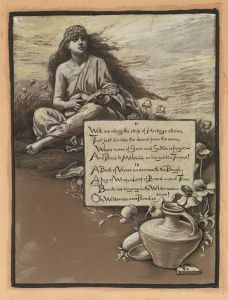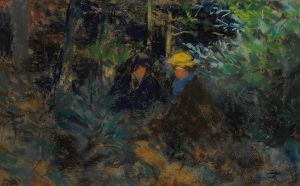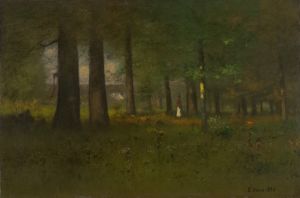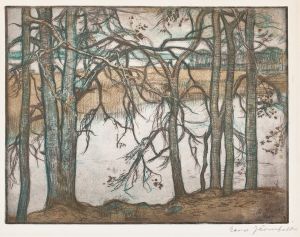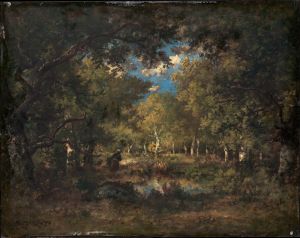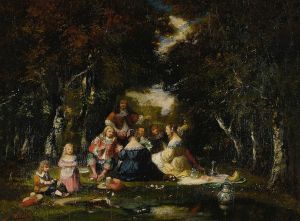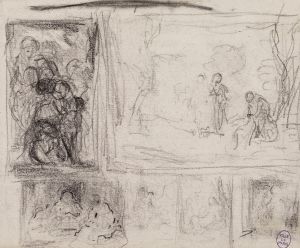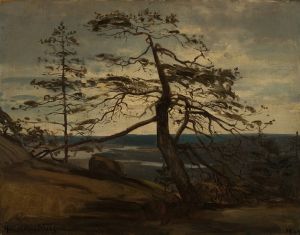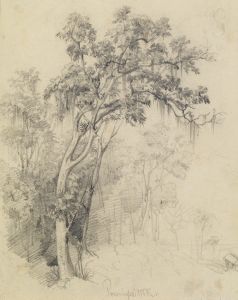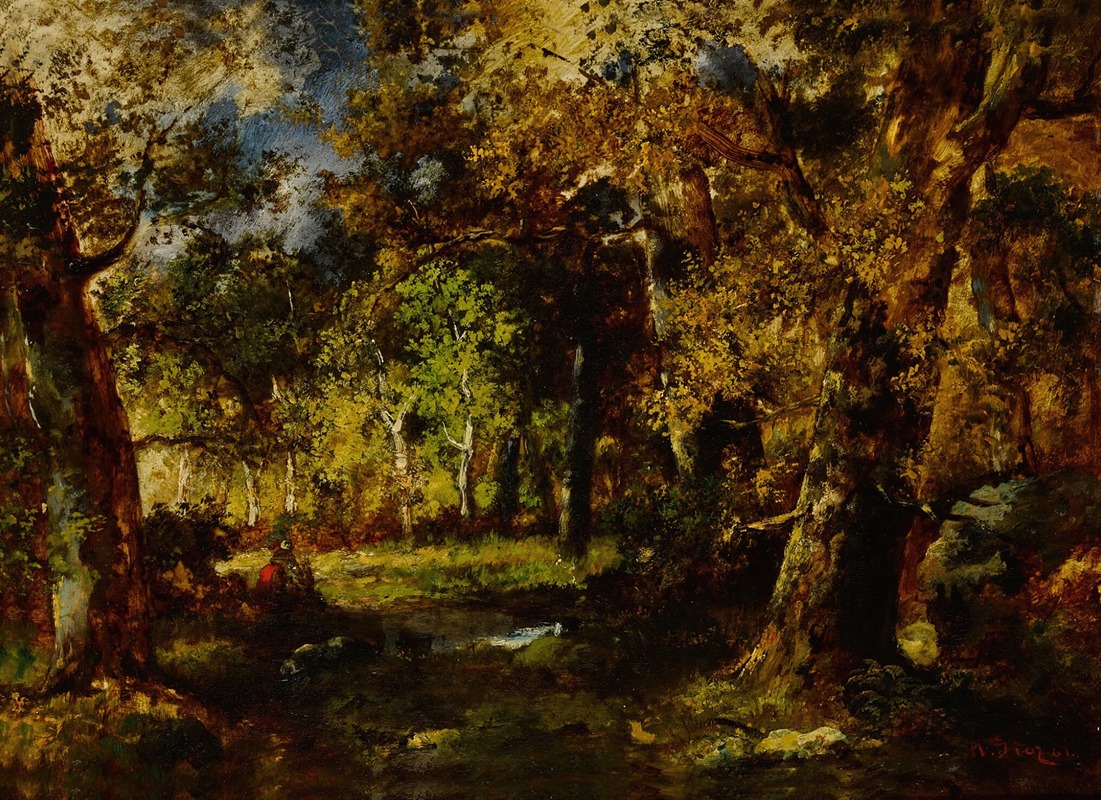
Fôret de Fontainebleau
A hand-painted replica of Narcisse-Virgile Diaz de La Peña’s masterpiece Fôret de Fontainebleau, meticulously crafted by professional artists to capture the true essence of the original. Each piece is created with museum-quality canvas and rare mineral pigments, carefully painted by experienced artists with delicate brushstrokes and rich, layered colors to perfectly recreate the texture of the original artwork. Unlike machine-printed reproductions, this hand-painted version brings the painting to life, infused with the artist’s emotions and skill in every stroke. Whether for personal collection or home decoration, it instantly elevates the artistic atmosphere of any space.
Narcisse-Virgile Diaz de la Peña, a prominent French painter of the 19th century, is well-known for his contributions to the Barbizon School, a movement that emphasized naturalistic landscape painting. One of his notable works, Fôret de Fontainebleau (Forest of Fontainebleau), exemplifies his mastery in capturing the beauty and atmosphere of the natural world.
The painting depicts a scene from the Forest of Fontainebleau, a vast and historically significant woodland located southeast of Paris. This forest was a favored subject for many artists of the Barbizon School, including Diaz de la Peña, due to its diverse landscapes, dramatic light effects, and rich natural beauty. Diaz de la Peña often painted en plein air, directly observing and interpreting the forest's scenery. His works are characterized by their vibrant use of color, attention to detail, and ability to evoke mood and emotion.
In Fôret de Fontainebleau, Diaz de la Peña employs a warm and luminous palette to portray the interplay of light and shadow filtering through the dense trees. The painting captures the essence of the forest with its textured foliage, rugged terrain, and tranquil atmosphere. His brushwork is both delicate and expressive, showcasing his skill in rendering the natural environment with a sense of immediacy and intimacy.
Diaz de la Peña's work in the Forest of Fontainebleau reflects the broader goals of the Barbizon School, which sought to move away from the formalism of academic art and instead focus on the direct observation of nature. His paintings often include subtle romantic elements, emphasizing the harmony and beauty of the natural world. While Diaz de la Peña is perhaps less well-known than some of his contemporaries, such as Jean-Baptiste-Camille Corot or Théodore Rousseau, his contributions to the movement are significant, and his works remain celebrated for their technical skill and emotional resonance.
The exact date of creation for Fôret de Fontainebleau is not always specified, but it is consistent with Diaz de la Peña's active period during the mid-19th century. Today, his works, including this painting, can be found in various museums and private collections, where they continue to be appreciated for their artistic and historical value.





